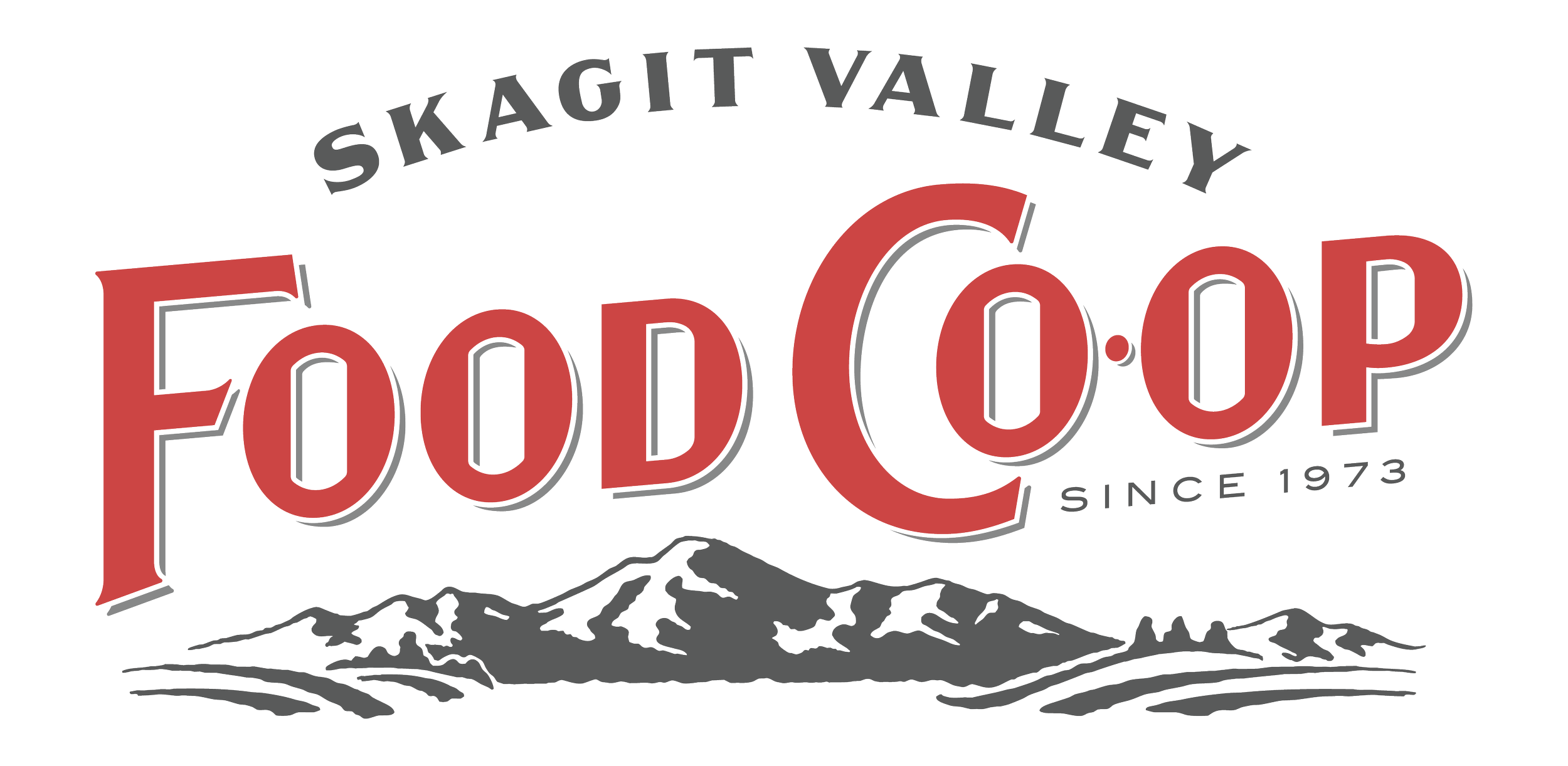Cultivating Community
Many years ago, shortly after I took over as Produce Manager, I set up an annual meeting with all of our local farmers to go over plans for the coming year. It was a pretty small group back then, but has since grown much larger. A meeting seemed like a natural fit—get everyone in one room and talk about who’s growing what. The Co-op’s General Manager comes and addresses the group, answers questions and gives an update on the business. We feed everyone lunch. We go over crop plans and talk about what went well in the past season, what we were short on, and ideas for new crops to add in. Like I said, it seemed like a no brainer—nothing special. As the years went on though, and I met more people in the industry and learned more about how other stores operate, I was surprised to learn that it was something special. Unique, even.
Most stores that deal directly with farmers set up contracts at the beginning of the season. They agree to buy certain quantities of certain things at a certain price from certain growers. They sometimes play growers against each other in order to drive down prices. Consequently, the farmers often feel that they are in competition with each other. It never crossed my mind to run things that way. It’s contradictory to the spirit of cooperation that food co-ops are supposed to embody.
Skagit Farmers at the 2017 Farmer Meeting
Andrew Yokom, whose current role is Executive Director of the Puget Sound Food Hub, moved up here years ago from New Mexico to run the Food Hub. He came in and introduced himself and told me something that surprised me: he’d heard about our annual farmer meeting in New Mexico—in fact, it was fairly well-known nationally among food co-ops! I was shocked! Since then it’s come up a number of times when meeting people from other co-op produce departments. I don’t know that many stores have adopted the model, but it certainly gets talked about. I’ve even had people from a handful of other organizations sit in on the meeting to observe.
There are a number of benefits to running things this way, and few negatives. Our Skagit farmers share a sense of community that’s lacking in many agricultural areas. They help each other out. There are certain crops grown by single farms specifically for the Co-op, but there are many high-volume crops that are shared among multiple farms. Onions are a great example. We sell an astonishing quantity, and they keep well, so we just split the orders throughout the season. Eventually, we sell all the onions from every farm.
When a farmer has too much of something, they will drop the price, and the Co-op will put it on sale. Sometimes it's a crop that another farm is supposed to be our main supplier of, but we all help each other out. The main supplier will step back for a few days or a week, so we can move the surplus, no hurt feelings. We can also pay the farmers a premium when the market is running high on something. If broccoli from California is in short supply and expensive, we’ll pay that price to the local farm even if it happens to be higher than what we’d discussed for the season.
Our farms also share packing lines, storage space, advice, and more. The larger farms will give smaller farms precedence, even on crops that they are our main supplier on, because the larger farms have other outlets for their produce that small growers simply don’t have access to.
The farmer meeting is always a blast. It’s a much bigger group than it used to be, but it still feels intimate. Everyone is on a first name basis. We hang out and drink coffee and eat sandwiches and baked goods from the Deli. At the end of the meeting, when we’ve run down the whole list of crops, and I have to get back to the day-to-day of the Produce Department, the farmers always stay for another half hour or more, chatting about their families and talking shop, because they aren’t rivals. They’re a community.
Written by Ben Goe for the 2025 January Natural Enquirer

